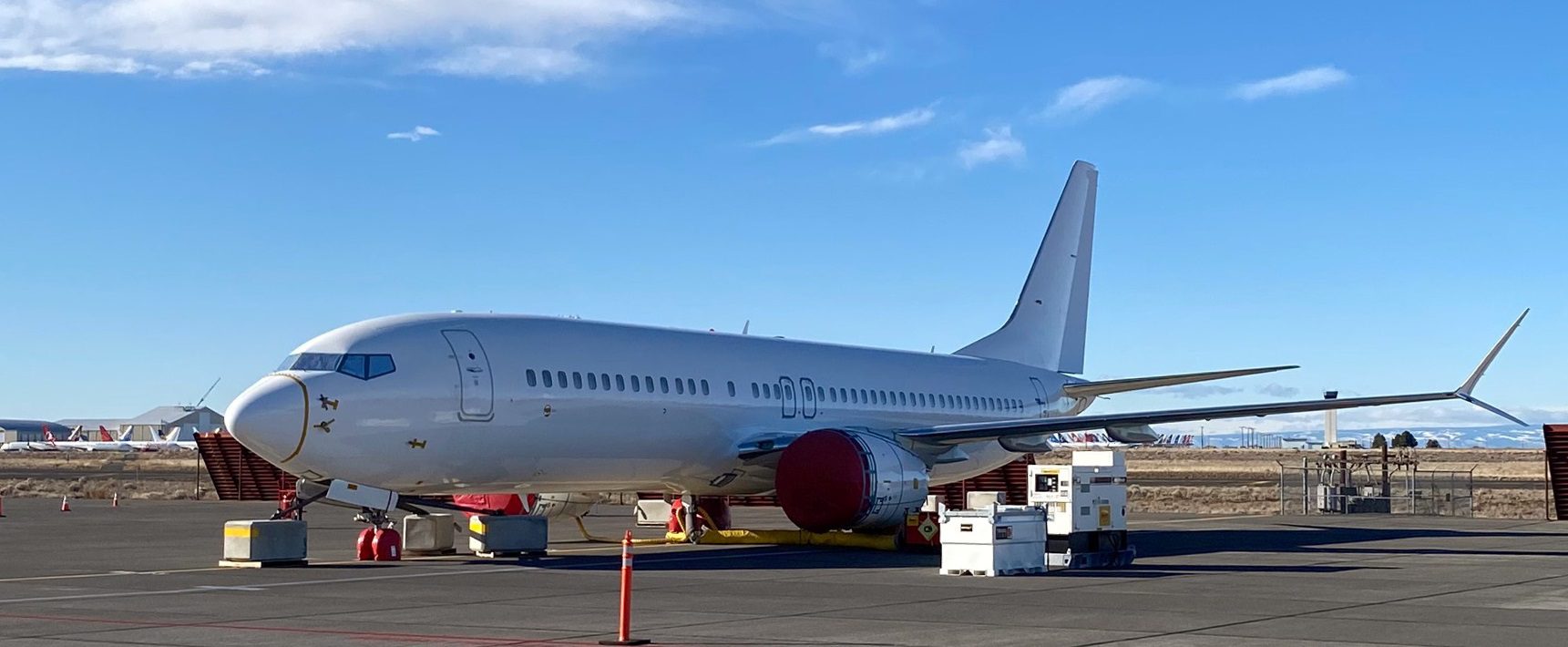In aircraft lease transitions, various lease return conditions must be considered for engines, auxiliary power units (APUs), parts, landing gear, airframe components, interiors, cargo compartments, and aircraft documents. Here is an explanation of a few typical example lease return conditions to illustrate (note the figures used are examples only):
Engines:
Each Engine and module must have at least 4,500 Flight Hours or 3,000 Cycles (whichever is more limiting) life remaining to its next shop visit.
Several checks and inspections are performed, including borescope inspections, power assurance runs, and bleed value scheduling checks and any defects exceeding the Manufacturer’s allowable limits must be corrected by the lessee; also important is when damage reduces the inspection intervals or has repeat maintenance due as a result.
APU (Auxiliary Power Unit):
The APU must be serviceable and have at least 4,000 Cycles remaining on its Life-Limited Parts (LLP).
Borescope inspections, performance runs, and load analyses are conducted, and any issues exceeding manufacturer limits are corrected.
Different types of parts have specific conditions:
Hard-Time Parts must have certain hours, cycles, or months remaining.
Life-Limited Parts have specific cycle requirements, remaining life essentially and this should be verified in the lease review.
On-Condition & Condition Monitored (OC/CM) Parts must be serviceable with relevant documentation where required; for example a lessee might not be responsible for records originating before their lease period and only “store” the records for this time period.
Rotable Parts should be serviceable and supported by appropriate certification documents.
Used and replaced parts such as OCCM must not exceed 110% of the airframe’s total hours, cycles, or calendar time.
Landing Gear:
Landing gear components must have a minimum number of cycles or months remaining until the next overhaul.
Tires and brakes should have a certain percentage of their useful life remaining.
Leaks in the landing gear system should be repaired, and all decals should be clean and legible.
Airframe:
Fuselage, windows, and doors must be free of dents, abrasions, and damage.
Wings and empennage should be free from damage or repaired according to specified conditions.
The interior, cockpit, and galley compartments must be in good condition, clean, and properly maintained.
Cargo compartments must meet specific conditions, including cleanliness and functionality.
Aircraft Documents:
Technical and operational manuals should be returned in good condition and updated to the latest revision standard.
All historical records and logbooks relating to the Aircraft must be returned with the Aircraft.
All operational manuals, maintenance records, and inspection records must be maintained and up-to-date in compliance with regulations.
Lessee will return all technical and operational manuals provided by the Airframe Manufacturer to Lessor’s suite of manuals.
These lease return conditions ensure that the aircraft, its components, and associated documentation meet specific requirements for continued airworthiness and compliance with the lease agreement. It’s important to refer to the lease agreement for specific details related to your aircraft.
This is a small summary only and to learn more follow us on LinkedIn or why not consider our Aircraft Lease Transition Planning Course
